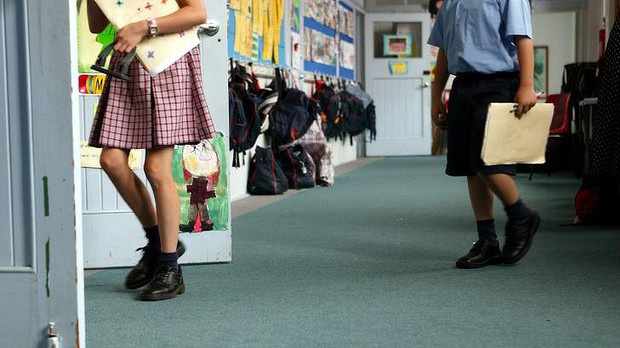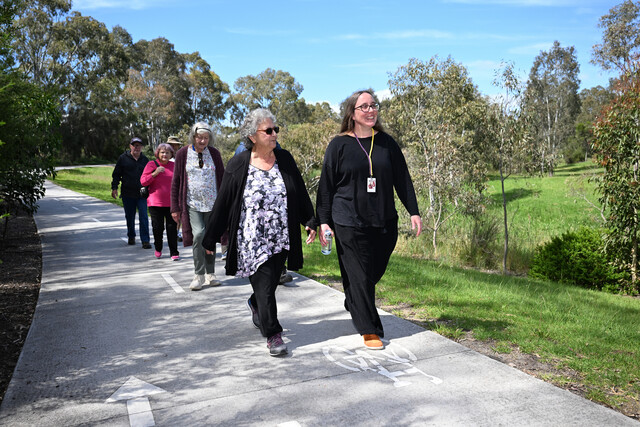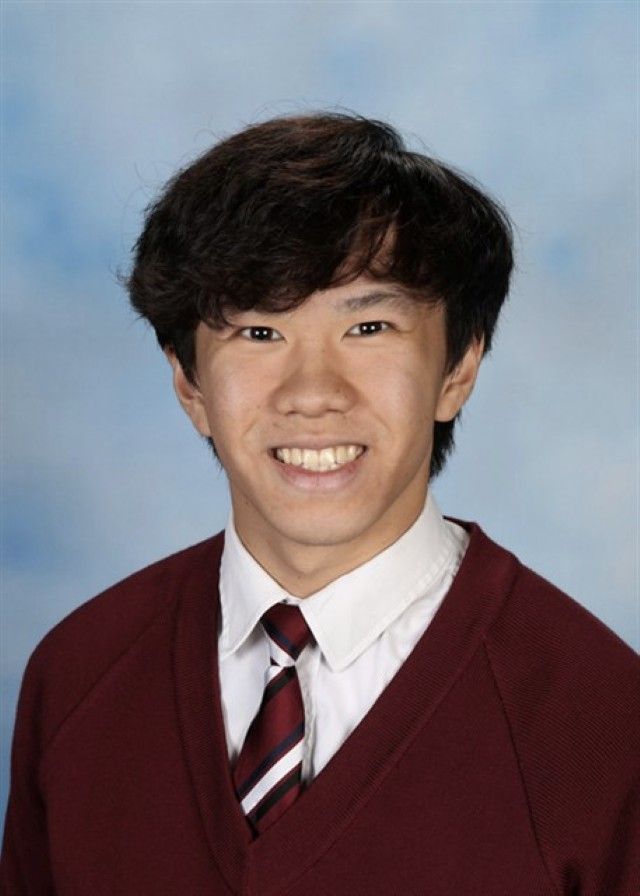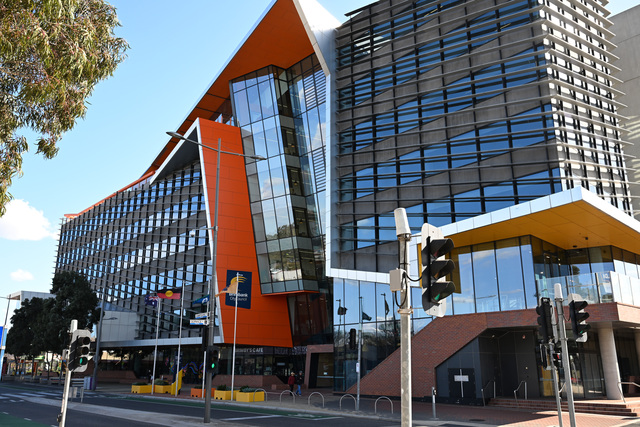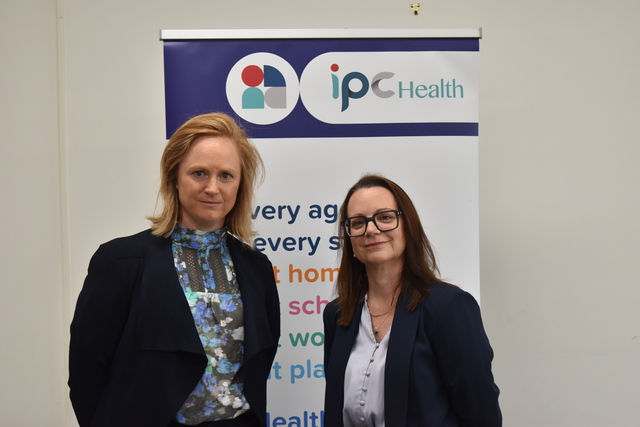EXCLUSIVE
Victoria’s most disadvantaged schools will receive $42.5 million next year to replace the scrapped payments made to low-income families to assist with the cost of uniforms, camps and computers.
The funding will be given directly to the poorest schools, with principals given the power to determine how it will be spent.
But needy parents whose children attend better-off schools will now miss out on assistance.
The lion’s share of the money – $34.5 million – will be allocated to more than 700 state schools, which educate the most needy students. Independent and Catholic schools will receive $8 million.
When Victoria signed up to the Gonski funding deal with the Commonwealth last year it announced it would abolish the education maintenance allowance in 2015, saving about $40 million.
The payment provides more than 200,000 Victorian students from low-income families with up to $300 a year to help with school expenses.
Charities and community services have been bracing for a spike in requests for help with school costs when the payment is abolished next year and schools have warned they may no longer be able to offer extra-curricular activities.
Education Minister Martin Dixon said the $42.5 million would be provided directly to schools to ensure disadvantaged students would not miss out on textbooks, stationery, uniforms and excursions.
“Schools will continue to have complete flexibility, within their annual budgets, to address the specific needs of their students, and provide additional support, as required,” he said.
“As a former school principal I know that school leaders understand the needs of their students. I trust them to make the right decisions to ensure every child can participate fully in their education.”
The poorest schools will receive proportionately more funding based on their level of disadvantage.
However, the Victorian Council of Social Service, which has called on both parties to commit to assisting families meet education costs in the lead-up to the state election, was concerned families with health cards would no longer automatically receive payments.
“Families will have to have a discussion with schools about needing help in a way they don’t have to now,” said CEO Emma King.”It puts principals in the invidious position of having to choose who they will give help to.”
Victorian Australian Education Union deputy president Justin Mullaly said the government was using federal money to pay for last year’s teacher pay deal, statewide enrolment growth and the replacement to the education maintenance allowance.
“It has just cannibalised the Gonski money,” he said. “The government needs to come clean to schools about what additional resources they will have as a result of the Gonski deal, because in 2014 they hardly received a thing,” he said.
Victorian Association of State Secondary Principals president Frank Sal said the funding was welcome but there were a lot of schools that received education maintenance allowance payments from parents that would now miss out.
This year 73 per cent of parents who received the education maintenance allowance chose to have it paid directly to their school to cover expenses such as school fees.
Mr Sal said schools that no longer received funding could see an increase in unpaid school fees.
He was also concerned the changes could lead to conflicts between principals and parents, who could not understand why they were no longer receiving personal payments.

